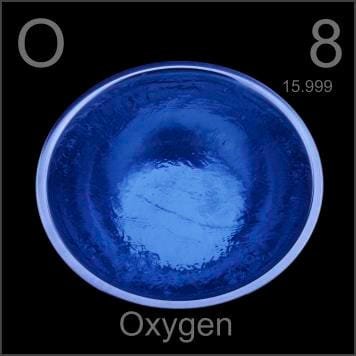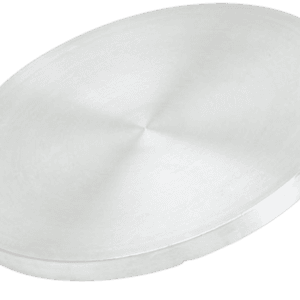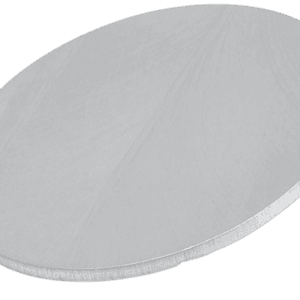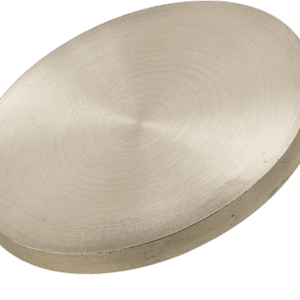Beryllium Oxide Sputtering Target Description
The Beryllium Oxide Sputtering Target from TFM is an oxide sputtering material with the chemical formula BeO.

Beryllium is a chemical element named after the Greek word for beryl, ‘beryllo.’ It was first mentioned in 1798 and observed by N. Vauquelin. The element was later isolated and announced by F. Wöhler and A. Bussy. Beryllium is represented by the chemical symbol “Be” and has an atomic number of 4. It is located in Period 2, Group 2 of the periodic table, belonging to the s-block. The relative atomic mass of beryllium is 9.012182(3) Dalton, with the number in brackets indicating the measurement uncertainty.
 Oxygen is a chemical element whose name is derived from the Greek words ‘oxy’ and ‘genes,’ meaning acid-forming. It was first mentioned and observed by W. Scheele in 1771, who also later accomplished and announced its isolation. The chemical symbol for oxygen is “O,” and its atomic number is 8. Oxygen is located in Period 2, Group 16 of the periodic table, within the p-block. Its relative atomic mass is 15.9994(3) Dalton, with the number in parentheses indicating the uncertainty of the measurement.
Oxygen is a chemical element whose name is derived from the Greek words ‘oxy’ and ‘genes,’ meaning acid-forming. It was first mentioned and observed by W. Scheele in 1771, who also later accomplished and announced its isolation. The chemical symbol for oxygen is “O,” and its atomic number is 8. Oxygen is located in Period 2, Group 16 of the periodic table, within the p-block. Its relative atomic mass is 15.9994(3) Dalton, with the number in parentheses indicating the uncertainty of the measurement.
Beryllium Oxide Sputtering Target Specification
| Material Type | Beryllium Oxide |
| Symbol | BeO |
| Color/Appearance | White |
| Melting Point | 2507 °C |
| Density | 2.9 g/cm3 |
| Available Sizes | Dia.: 2.0″, 3.0″, 4.0″, 5.0″, 6.0″ Thick: 0.125″, 0.250″ |
Beryllium Oxide Sputtering Target Application
The beryllium oxide sputtering target is used for thin film deposition, decoration, semiconductor, display, LED and photovoltaic devices, functional coating as nicely as other optical information storage space industry, glass coating industry like car glass and architectural glass, optical communication, etc.
Beryllium Oxide Sputtering Target Packing
Our beryllium oxide sputter targets are tagged and labeled externally to ensure efficient identification and quality control. Great care is taken to avoid any damage which might be caused during storage or transportation.
Get Contact
High-quality beryllium oxide sputtering target is available in various forms, purities, sizes, and prices. We specialize in producing high purity thin film coating materials with the highest possible density and smallest possible average grain sizes. Please send us an inquiry for the current prices of the sputtering targets and other deposition materials that are not listed.


 MSDS File
MSDS File



Reviews
There are no reviews yet.